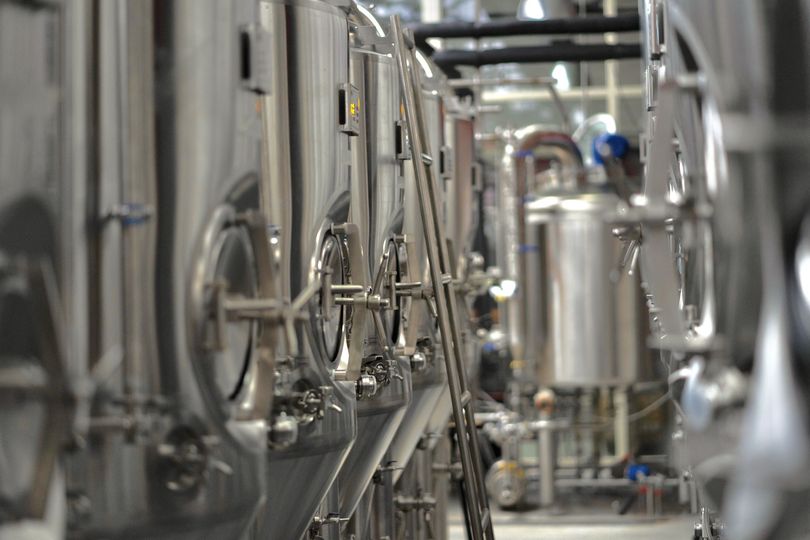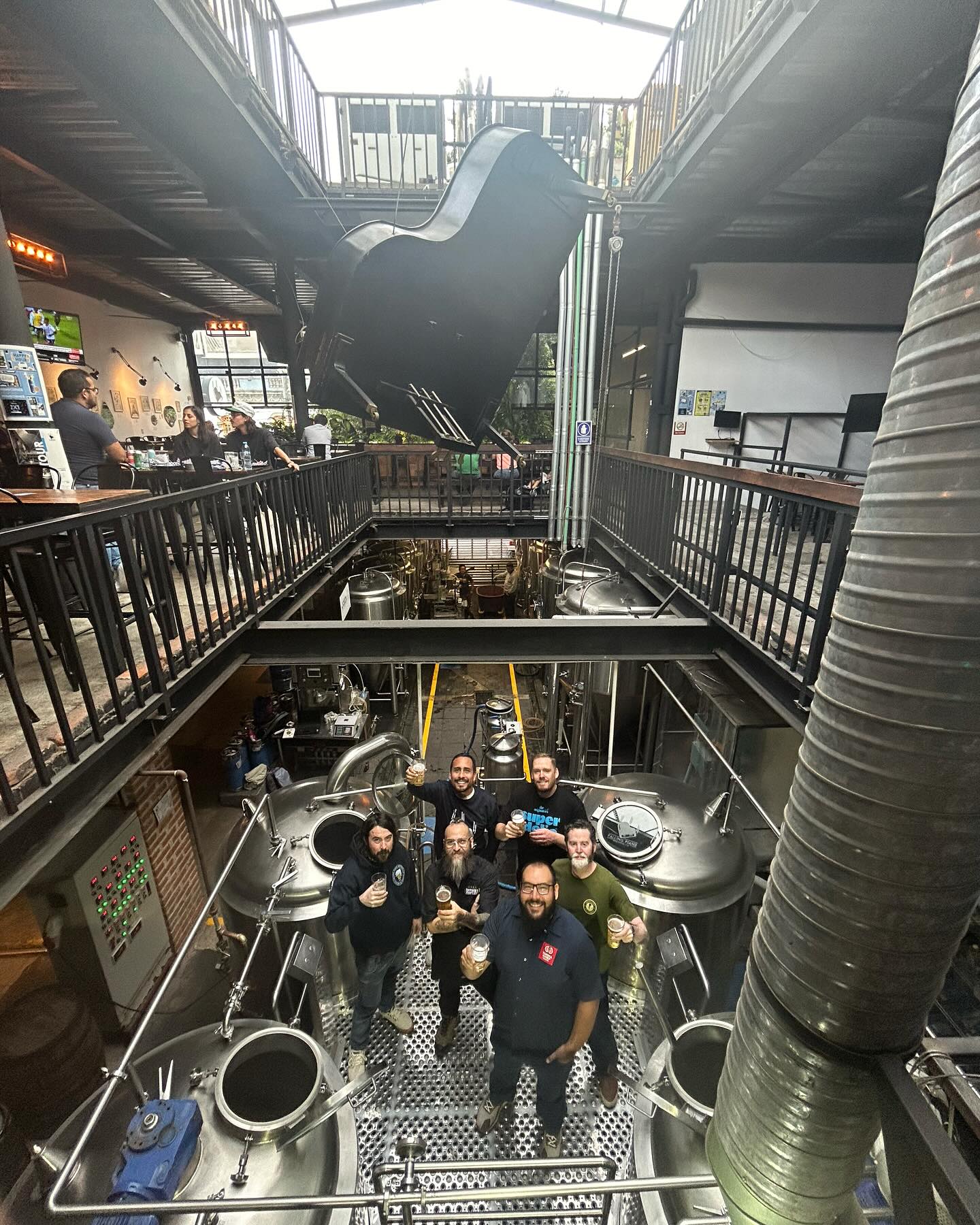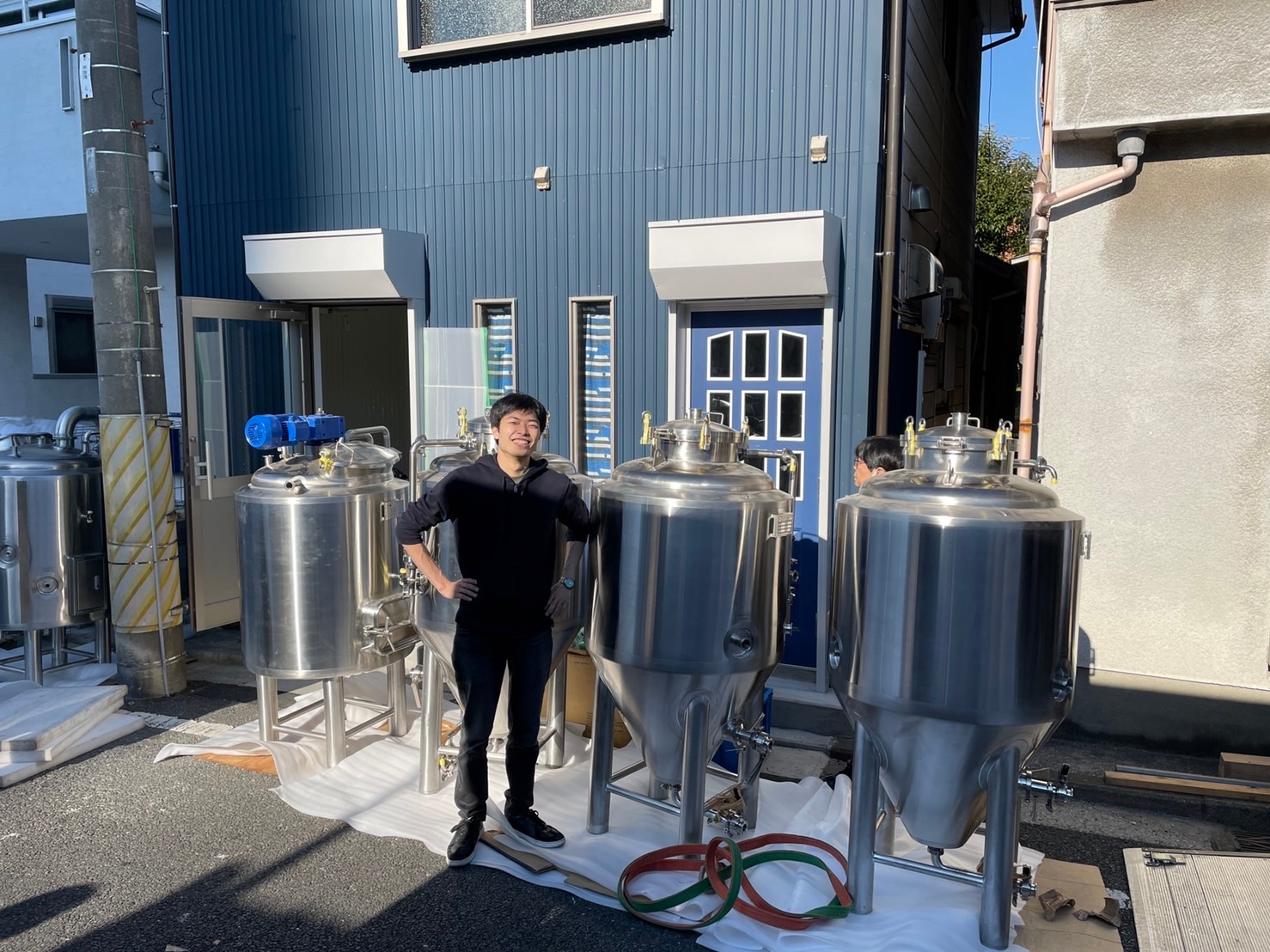.jpg)
Fermentation is the magical process of making beverages such as beer and wine or food products such as yogurt, and it relies heavily on the vessel in which the magic happens - the fermentation tank. These tanks are available in a wide range of sizes, each of which is tailored to meet specific production needs, ensuring a efficient fermentation process.
Fermentation tanks come in a wide range of sizes to meet the needs of small-scale artisans and large industrial operations. They range from small vessels with a capacity of a few liters suitable for experimental or artisanal batches, to giant tanks holding tens of thousands of liters for large-scale production facilities.
These can start as small as a few liters and are perfect for hobbyists or small batch experimentation. For example, home brewers often use fermentation vessels of 5 to 20 liters, allowing them to experiment with different recipes and techniques.
Tanks in the hundreds to thousands of liters are common to meet the needs of small breweries, boutique wineries, or medium-sized food production facilities. These sizes strike a balance between volume and flexibility, allowing for modest production levels and product variations.
Industrial-sized tanks dwarf smaller tanks, which typically start at a few thousand liters and can reach capacities of tens of thousands of liters or more. These massive vessels are the backbone of large breweries, distilleries and food processing plants, ensuring high volume production to meet market demand.
Customized Tanks On Demand
Scale of production: the volume of product required determines the size of the tank. Smaller companies may choose flexibility over volume, while larger manufacturers will prioritize production volume.
Space and facility constraints: Available space within the production facility is a key factor. Larger tanks require more space and often require specialized infrastructure to support their weight and operation.
Process requirements: Certain fermentation processes (e.g. those in the wine industry) benefit from different tank sizes for primary and secondary fermentation, which influences the choice of size.
Tank size significantly affects the fermentation process itself. Larger tanks may present challenges in terms of temperature control, mixing efficiency, and management of yeast or microbial cultures. Conversely, smaller tanks offer more control and precision when processing smaller batches, but may limit scalability.
Advances in tank design have led to innovations that meet specific needs. Some tanks are now modular in design, allowing flexibility to expand as production needs change. In addition, the integration of technologies such as automatic temperature control and monitoring systems has improved efficiency and consistency across all tank sizes.
Still have a problem on choosing the brewery equipment? We can help with your final decision. If you are looking for a turnkey solution for craft beer brewing system, please contact us. We are looking forward to working with you. Send an email now: [email protected]






.jpg)


.jpeg)
Get A Quote